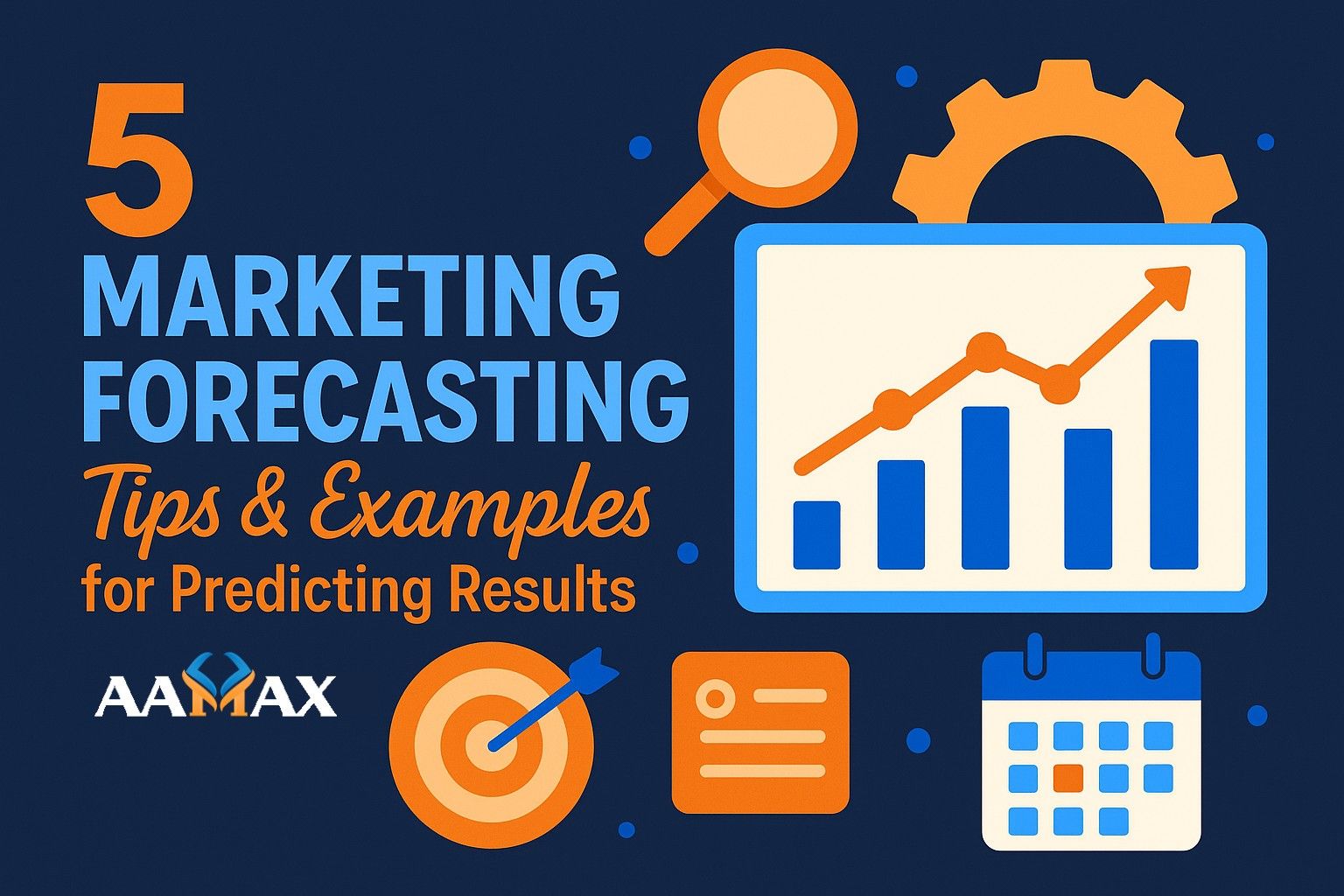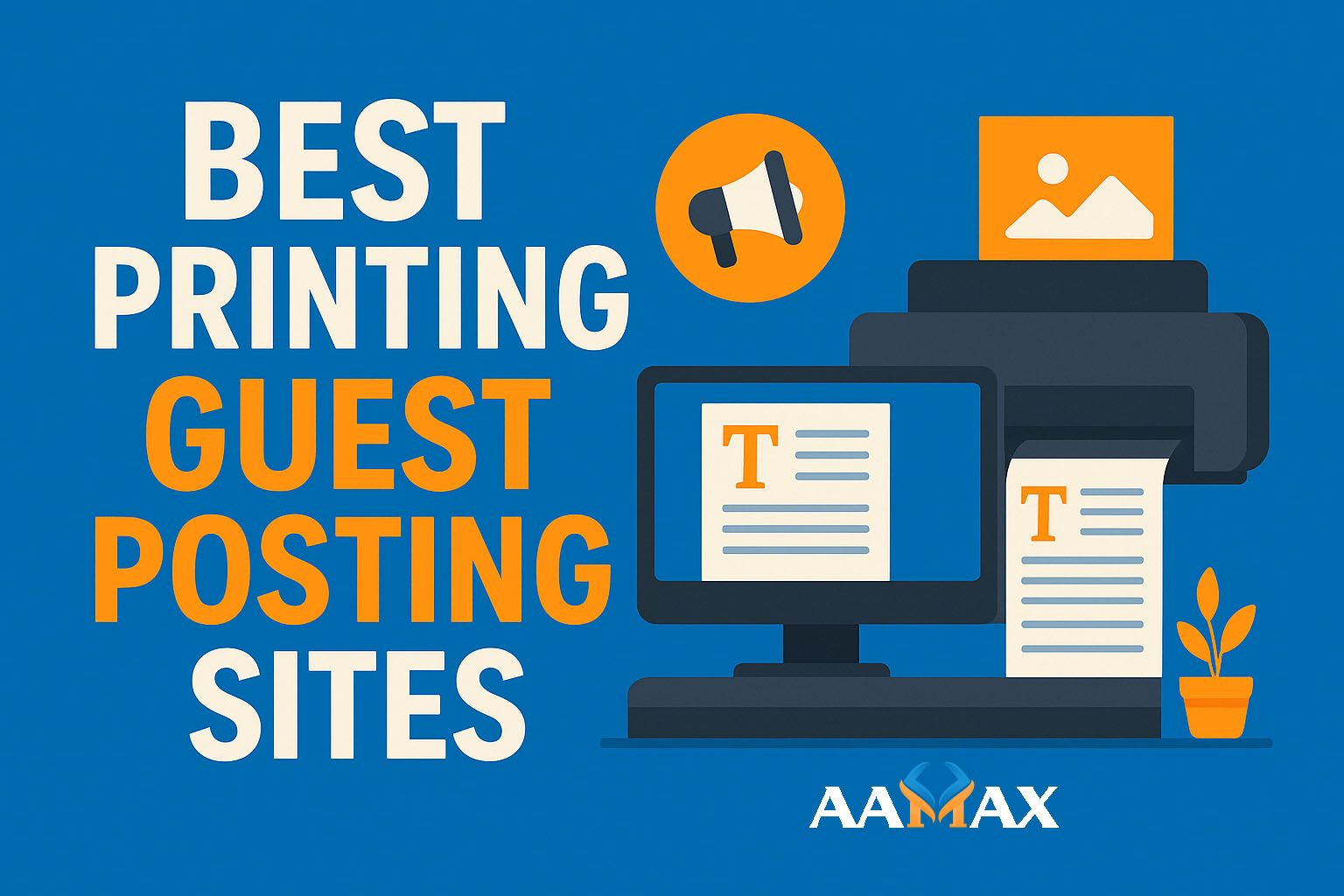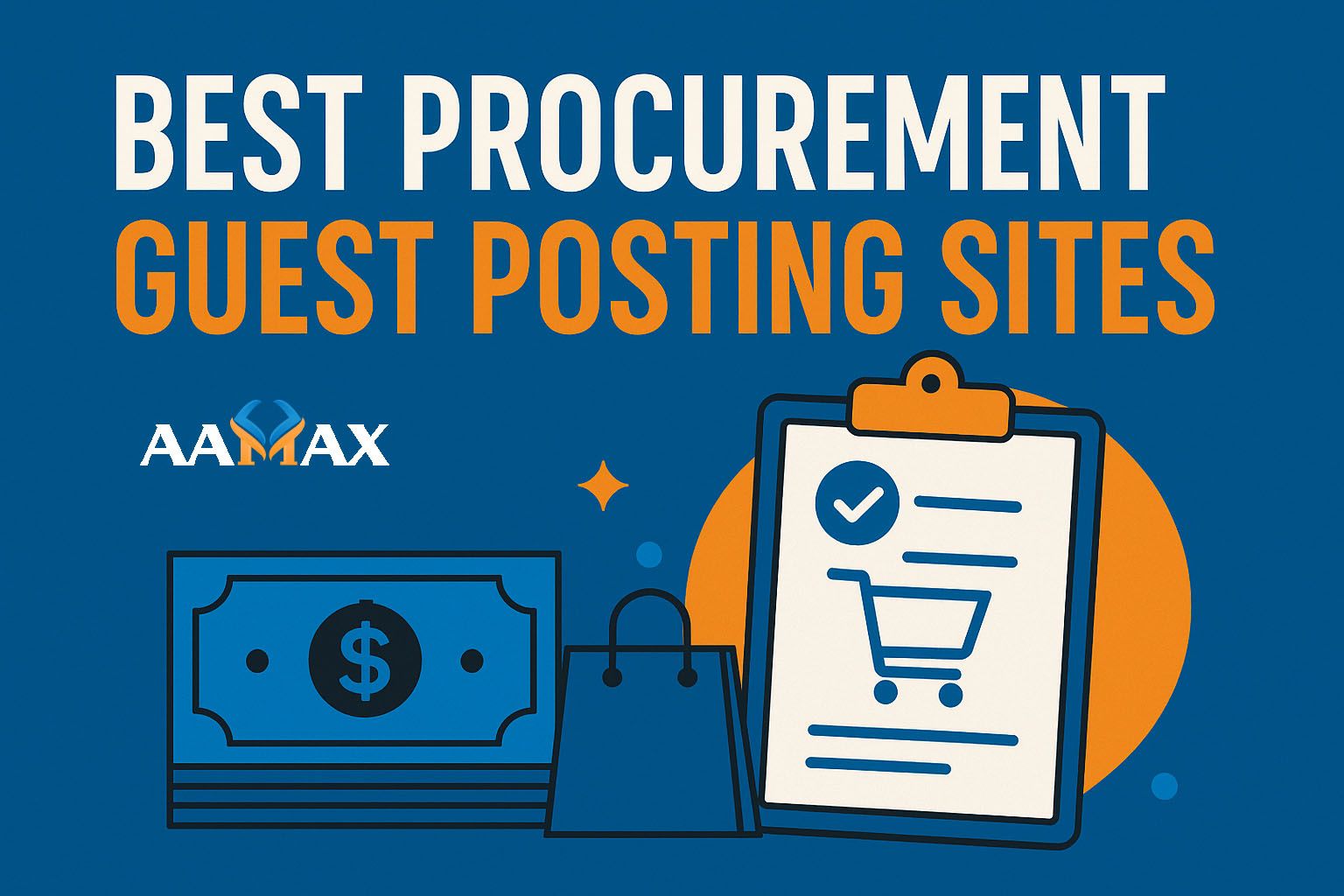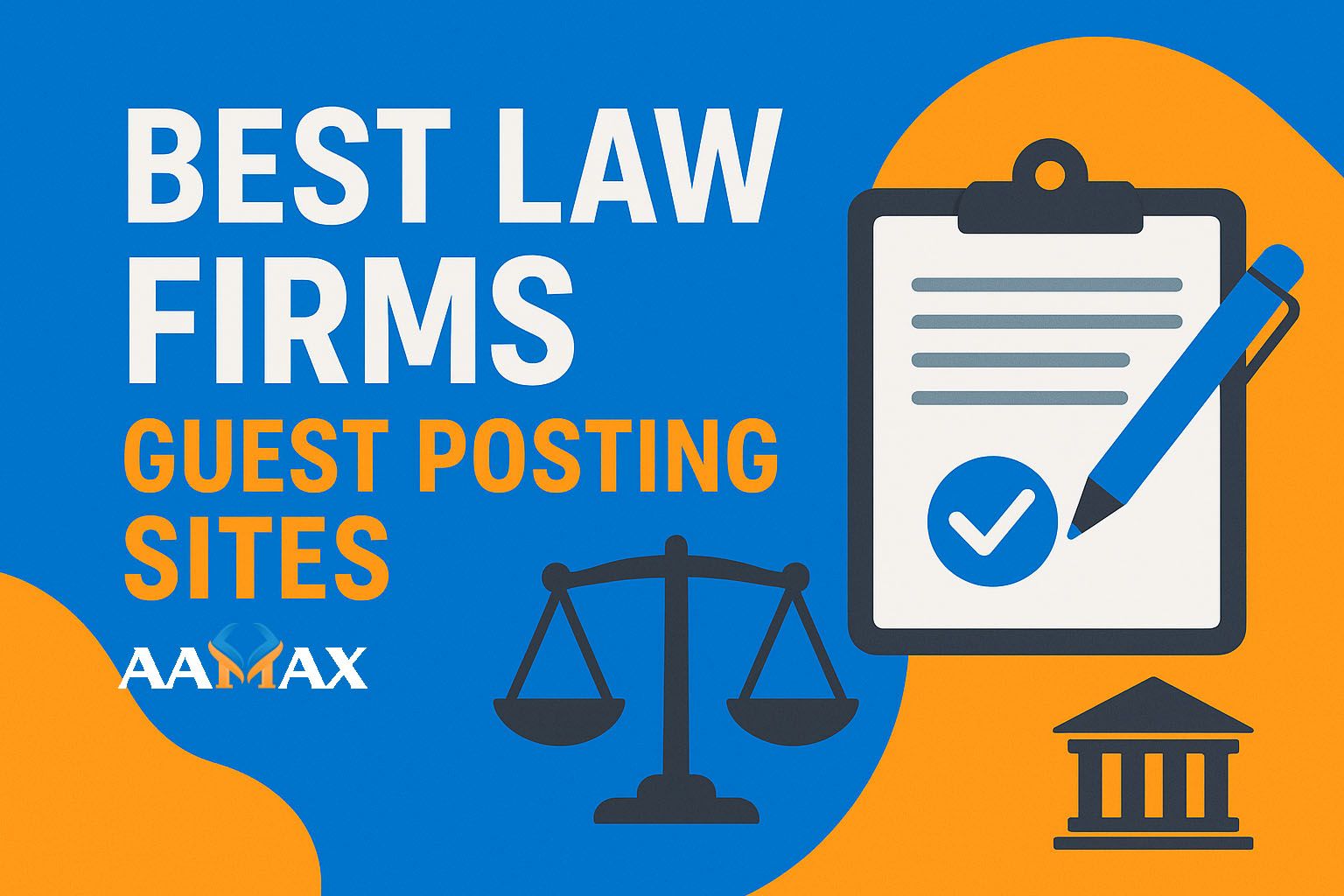
5 Marketing Forecasting Tips & Examples for Predicting Results
Marketing forecasting is not just a buzzword—it’s a critical function for any business aiming to stay ahead of digital marketing services, optimize budgets, and predict outcomes. With so many moving parts in today’s marketing landscape, companies that use forecasting effectively gain a competitive advantage by making smarter, data-driven decisions.
This comprehensive guide outlines five powerful tips and real-world examples to help you forecast marketing performance more accurately. Whether you’re in e-commerce, SaaS, or service-based industries, these forecasting principles apply across the board.
What Is Marketing Forecasting?
Marketing forecasting is the process of estimating future marketing performance based on historical data, market trends, and business goals. It involves predicting metrics such as:
- Revenue
- Customer acquisition
- Conversion rates
- ROI on campaigns
- Budget allocation outcomes
Forecasting gives you insight into what to expect so you can plan campaigns, adjust strategies, and allocate resources with confidence.
Why Is Marketing Forecasting Important?
Forecasting helps you:
- Avoid budget waste by allocating funds to high-performing channels.
- Plan campaigns more strategically by anticipating performance outcomes.
- Justify investments to stakeholders using projected ROI.
- Adapt quickly to market changes with real-time insights.
- Measure progress against KPIs with more context.
Tip 1: Leverage Historical Data to Set a Baseline
Why It Matters
Historical performance provides the most reliable starting point for forecasting. By examining past campaign results—CTR, CPA, ROI, engagement rates—you can establish a trendline that helps predict future behavior.
Example
An online clothing retailer reviews their Q3 performance for the past three years. They notice that paid social ads typically outperform other channels during back-to-school season. Using this insight, they allocate a larger portion of their Q3 2025 budget to Facebook and Instagram ads, expecting a 15% uptick in conversions.
How to Do It
- Use tools like Google Analytics, HubSpot, or Salesforce.
- Analyze year-over-year and month-over-month performance.
- Remove outliers (e.g., one-off viral campaigns or major economic disruptions).
Tip 2: Use Scenario Planning for Better Accuracy
Why It Matters
Scenario planning allows marketers to model multiple future outcomes—best-case, worst-case, and most-likely scenarios. This approach accounts for uncertainty and gives you a buffer to react to changes in market conditions or campaign performance.
Example
A SaaS company preparing for a product launch creates three scenarios:
- Optimistic: 5% CTR, 3.5% conversion rate, 10,000 MQLs.
- Realistic: 3% CTR, 2% conversion rate, 6,500 MQLs.
- Pessimistic: 1.5% CTR, 1% conversion rate, 3,000 MQLs.
They base budget planning on the “realistic” case but prepare messaging and contingency tactics in case results trend higher or lower.
How to Do It
- Define assumptions for each scenario.
- Use tools like Excel, Tableau, or Looker to model projections.
- Regularly adjust forecasts based on real-time data.
Tip 3: Incorporate Market Trends and Seasonality
Why It Matters
Ignoring external factors can sabotage an otherwise solid forecast. Consumer behavior shifts, economic changes, competitor activity, and seasonality can all drastically impact campaign performance.
Example
A fitness brand recognizes that New Year’s resolutions bring a surge in gym memberships every January. They forecast a 40% lift in Google Ads conversions during Q1 and allocate budget accordingly. They also note lower conversion rates in Q3 and adjust expectations downward.
How to Do It
- Use tools like Google Trends to monitor interest.
- Study competitor ad activity using tools like SEMrush or SpyFu.
- Add seasonal modifiers to your forecasts based on historical data.
Tip 4: Align Forecasting with Sales and Product Teams
Why It Matters
Forecasting shouldn’t happen in a marketing silo. Your sales pipeline, product development timelines, and customer journey all influence marketing effectiveness. Aligning your forecast with cross-functional teams ensures your marketing goals are realistic and actionable.
Example
A B2B agency plans a lead gen campaign for an upcoming service offering. By syncing with the product team, they learn that the launch is delayed by two weeks. Marketing adjusts their content calendar and ad campaigns accordingly, preventing wasted budget on premature promotion.
How to Do It
- Set up regular alignment meetings with sales/product teams.
- Build shared dashboards using tools like HubSpot or Asana.
- Use a unified CRM to tie marketing efforts directly to sales outcomes.
Tip 5: Adopt Predictive Analytics Tools
Why It Matters
Modern forecasting isn’t just guesswork—it’s driven by machine learning and advanced analytics. Predictive tools can analyze massive data sets to uncover patterns and project future outcomes far more accurately than spreadsheets alone.
Example
An e-commerce store uses predictive analytics in Shopify to analyze buyer behavior and email engagement. The platform predicts that subscribers who open more than 3 emails per week are 5x more likely to purchase. The team increases campaigns to high-engagement segments, improving revenue by 12% in 60 days.
Top Tools to Try
- Google Analytics 4 – Enhanced predictive capabilities for traffic and behavior trends.
- HubSpot Marketing Hub – Forecasting and attribution across customer touchpoints.
- Kissmetrics – Great for SaaS customer journey forecasting.
- Tableau or Power BI – For customizable data visualization and scenario modeling.
Marketing Forecasting Mistakes to Avoid
Even the best tools can’t save a flawed forecasting model. Avoid these common pitfalls:
- Over-reliance on vanity metrics (likes, impressions) instead of actionable KPIs.
- Ignoring macroeconomic trends like inflation or industry downturns.
- Failing to update forecasts regularly as campaigns progress.
- Using gut feelings over data for decision-making.
- Lack of cross-team collaboration, leading to misaligned goals.
Real-World Example: How Forecasting Saved a Campaign
A real estate company was launching a new housing development. Initial ads weren’t converting as expected. However, their scenario planning revealed that web traffic typically needed 3-4 touchpoints before converting. Rather than pulling the campaign, they extended it and introduced a retargeting strategy based on forecasted conversion behavior.
End result? A 25% improvement in lead quality and 18% higher ROI than originally estimated.
Final Thoughts: Forecasting Is a Continuous Process
Marketing forecasting is not a one-time event. It’s an evolving process that requires constant attention, refinement, and collaboration. The best marketers don’t just react—they predict, adapt, and lead with clarity.
Use historical insights, collaborate across departments, and leverage modern tools to build smarter forecasts that boost ROI and performance over time.
If you’re looking to bring expertise and precision to your digital strategy, consider hiring AAMAX for full-service digital marketing. From web development to SEO and paid advertising, AAMAX helps brands plan, execute, and optimize with clarity and results.







